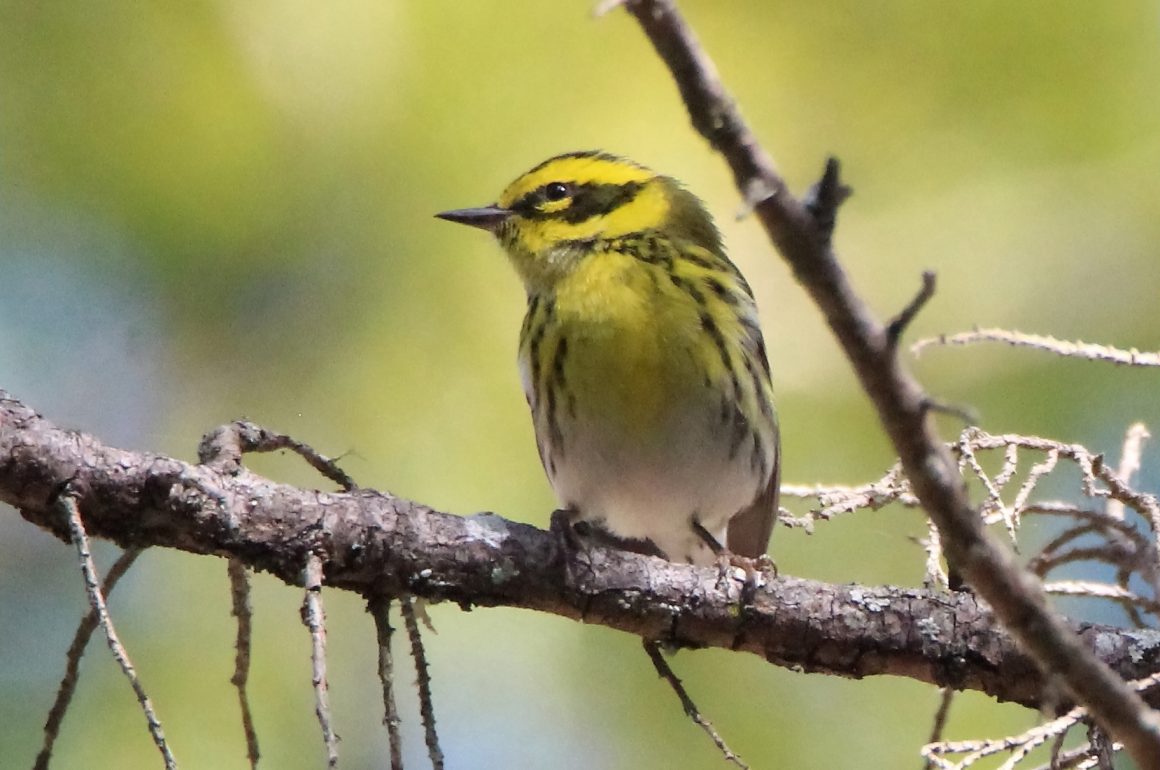
Here in the southern part of North America, it’s hard to come up with a family of birds that is more colorful than the New World warblers, also known as wood-warblers. Orioles and tanagers can match them for intensity of color, but not for variety. Only our hummingbirds and buntings surpass the New World warblers on both accounts.
I had the now-rare experience of birding all alone one morning last week, in a site that always offers lots of warblers. This time, I was able to see 14 different species from the family. 10 of these were migratory, so a summer outing wouldn’t produce much of a total. But when you visit Michoacán’s pine/oak forest in winter, you can always count on a great warbler show.
I’ll keep this post simple; I just thought readers might like to see a gallery of the kind and variety of warblers that one might reasonably expect to see on a February morning in Michoacán. It wasn’t a great day for photography, so all these photos are from my archives. The pictures are from earlier outings, but the list is very much from the single morning in question. Some of these species would be even more colorful if seen up north during their reproductive season.
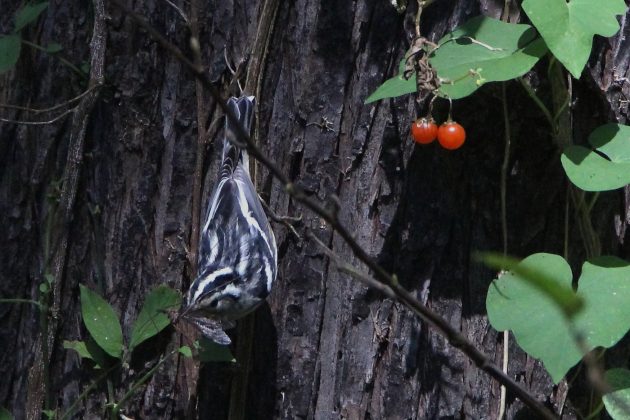
Black-and White Warbler
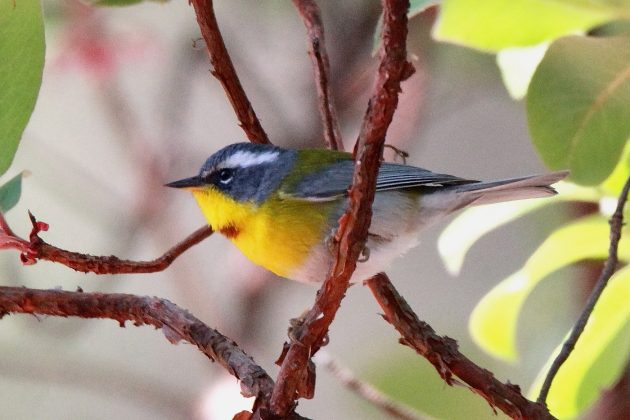
Crescent-chested Warbler
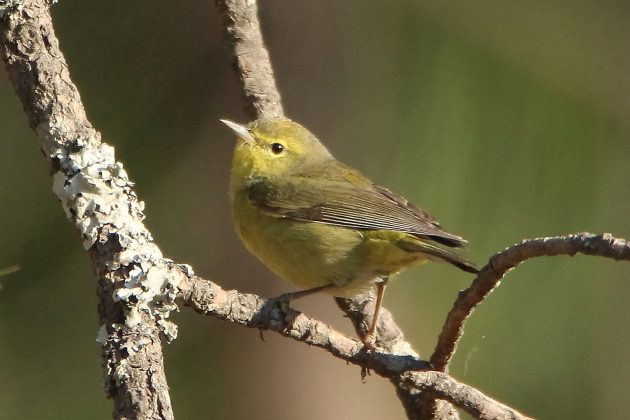
Orange-crowned Warbler
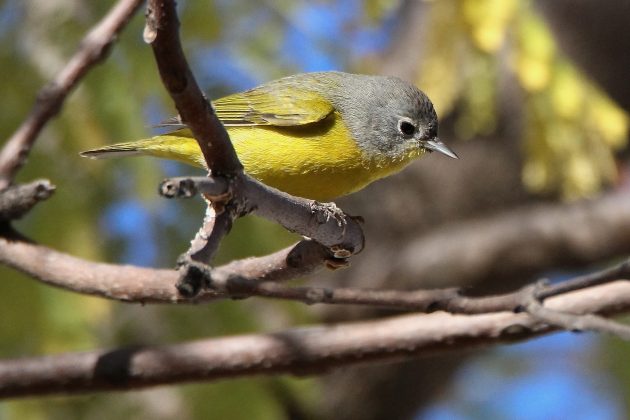
Nashville Warbler
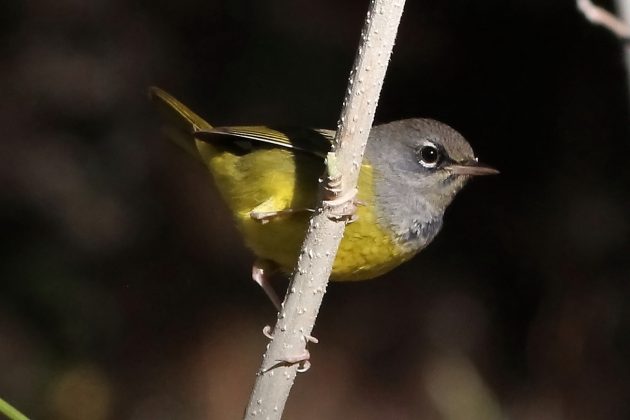
MacGillivray’s Warbler
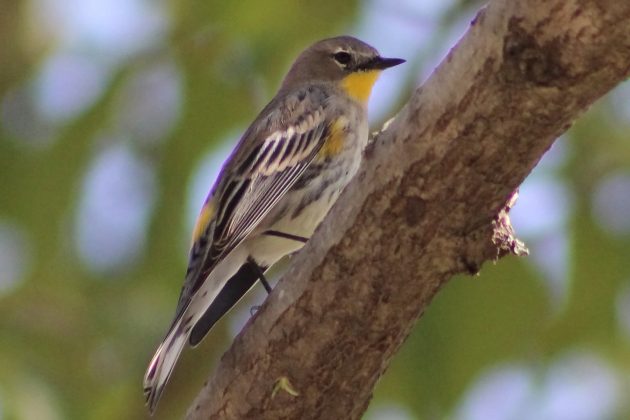
Yellow-rumped Warbler (Audubon’s)
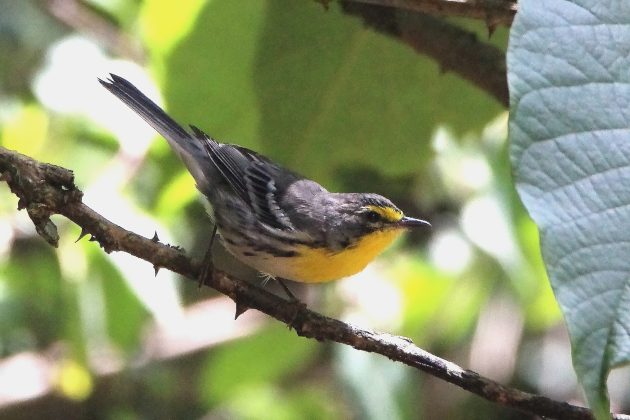
Grace’s Warbler
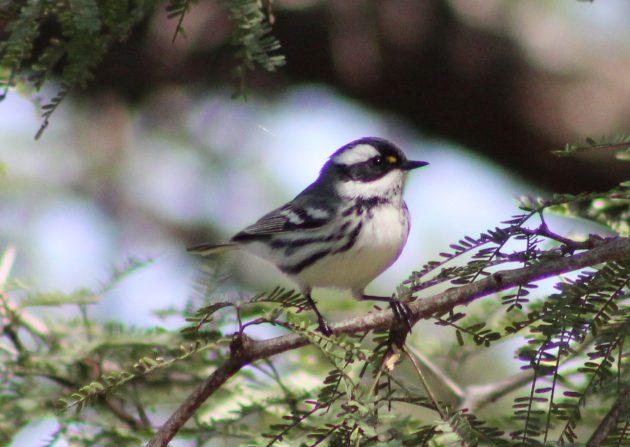
Black-throated Gray Warbler
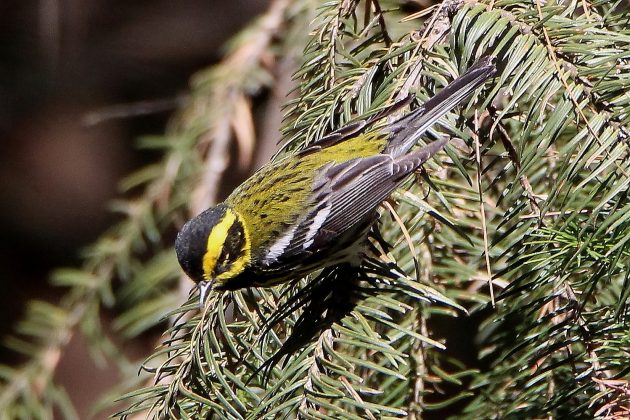
Townsend’s Warbler
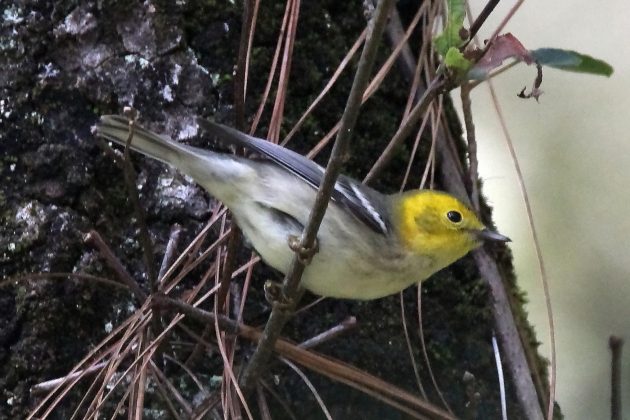
Hermit Warbler
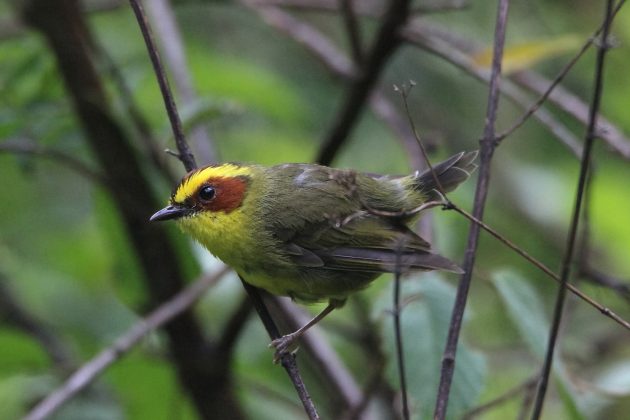
Golden-browed Warbler
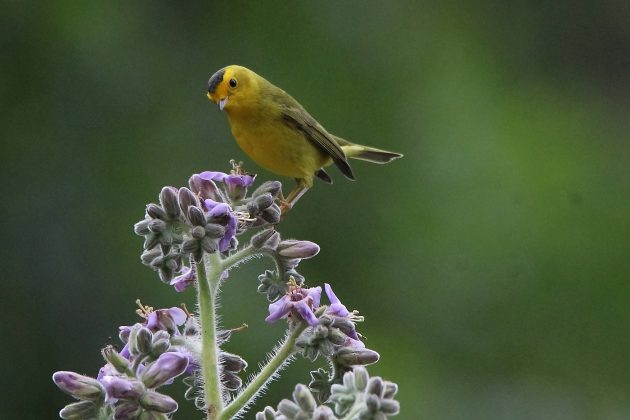
Wilson’s Warbler
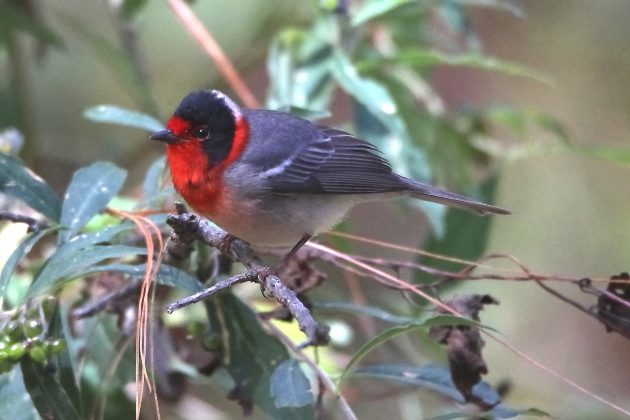
Red-faced Warbler
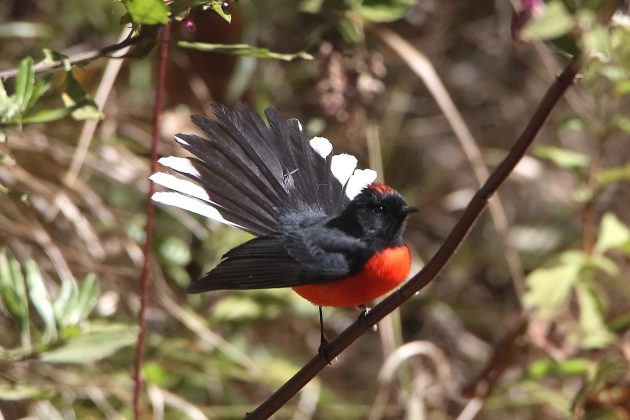
Slate-throated Redstart
As a final note, these 14 warblers made up exactly one fourth of the day’s total species. Of course, if you must dedicate one fourth of a day’s species to a single family, you could pick a worse family than the New World warblers.





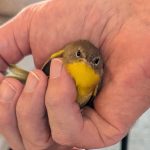
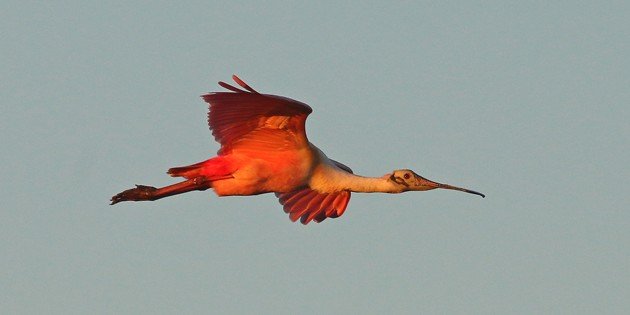
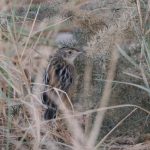
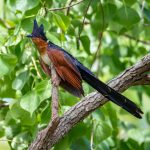

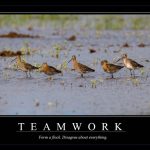

I have just listed Leaf Warblers as my least favorite bird family in a future post compiled by Peter – but I guess these warblers are different 🙂
Lovely pictures. I’ll be seeing these birds in May in Toronto and at Point Pelee Provincial Park. Everyone eagerly awaits their arrival.
Nice to be reminded that warblers are on their way north! Hard to pick a favorite but I’m very fond of the Wilson’s.
Call me a Euro-chauvinist but I like “our” warblers, but truth be told, mainly for the challenge. Paul’s warblers are very pretty indeed. All they need to learn is just sit still for a second or two…
Typical consultant, pretending to like challenges …
So nice to see so many of ‘our’ breeding and migration birds safely down there by you! Looking forward to seeing them again before much longer.